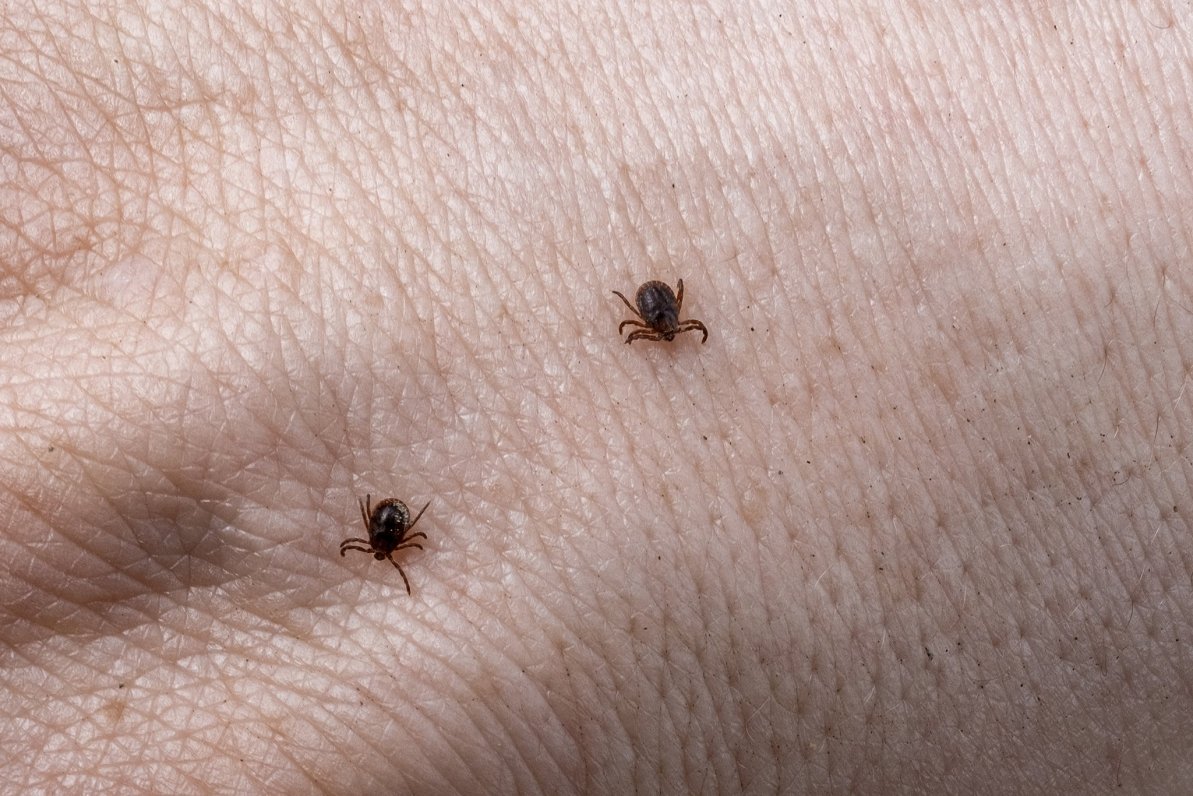Over the past few days, the laboratory analyzed 10 to 15 ticks every day.
So far, 341 ticks have been removed at the Riga East Clinical University Hospital (RAKUS). Not all have been investigated as it is a paid service. Of the 45 that have been investigated for encephalitis, none carried it. Of the 64 investigated for Lyme borreliosis, 28 or 43% had it.
Analyzing ticks, depending on the number of bacteria to be detected, costs between €15 and €40. The laboratory specialist addressed by LTV believes it is worth determining if the tick is infected.
If the tick has attached itself, the main thing is to remove it as soon as possible. It also has the most direct effect on the possibility of getting ill with one of the diseases.
“Borrelia is more common, and this year the encephalitis virus has not been detected at all, but we know that the arrival of Jāņi, Līgo festival is coming and, of course, it will be celebrated out of town,” said Sergejs Ņikišins, head of the RAKUS National Reference Laboratory.
Kurzeme is still a leader in terms of the number of ticks, said Viktorija Černiševa, epidemiologist of the Disease Prevention and Control Center (SPKC). On average, around 200 people are infected encephalitis per year, 300-400 with Lyme disease is detected in 300-400 patients.
A vaccine is available against tick-borne encephalitis and can therefore protect people. That can't be said about Lyme borreliosis, where there is no vaccine. It is therefore important to find out whether the tick was infected and whether the borreliosis went over to the person.
Doctors remind the public annually that you should be careful and check your and your children's bodies after going out in nature.
Long trousers tucked into socks while passing through long grass or undergrowth, tick repellent sprays, and regular checks to see if any ticks are crawling towards the fleshier parts of the body that they prefer are all sensible precautions.




























